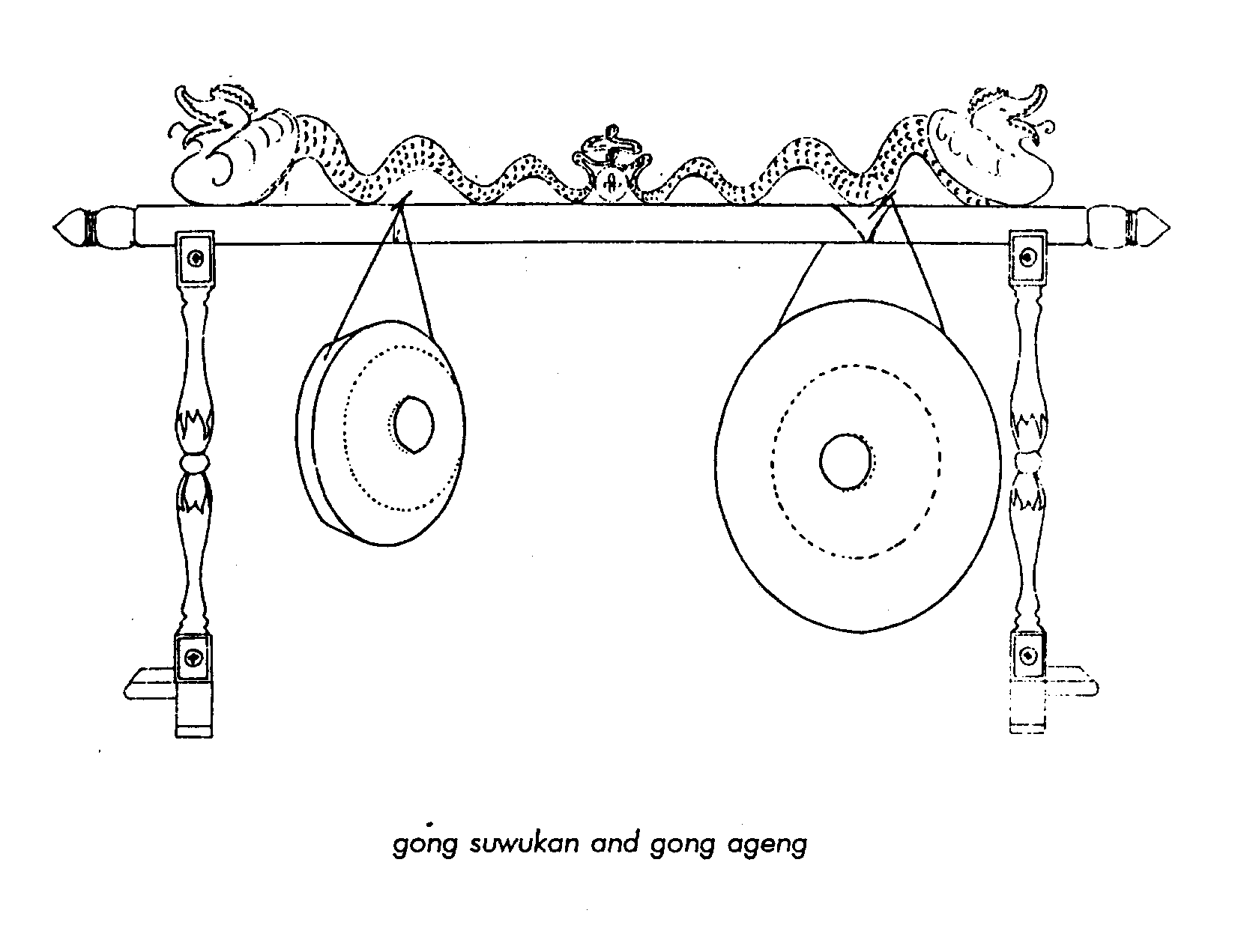
Gamelan is an Indonesian indigenous "orchestra" largely composed of struck metalophones in the shape of gongs and slabs. Unlike the Western usage of the term orchestra, however, the word gamelan refers to the instruments that make up the ensemble. Although similar ensembles may be found in other parts of Southeast Asia, gamelan are primarily the musical culture of Java, Madura, Bali, and Lombok.
Three types of metal (or metallic alloys) are commonly used to make gamelan. In order of preference, a gamelan set may be made of bronze, brass, or iron--bronze is the most preferred. In addition to the choice of material, an owner's wealth and taste may be factors in determining the number of instruments, how big or small each is to be, the motif of the decorative carvings, and the painting of the instruments. Traditional constraints, however, prevent individual preference from becoming bizarre personal expressions.
Although different gamelan may vary slightly in their tunings, all gamelan must be in one of two basic intervallic structures--namely, the 5-tone slendro or the 7-tone pelog. Neither of these tunings is compatible with the Western music tuning system. For this reason, gamelan may sound "out-of-tune" to those with a deeply rooted sense of Western tuning, causing reactions ranging from a pleasant surprise to perhaps complete dislike.
In Central Java, regardless of the size, a gamelan set would include four groups of instruments: (1 ) those which carry the main melody (balungan); (2) the accentuating instruments; (3) the elaborating instruments; and (4) a set of drums, which functions as an audible conductor. The number of actual instruments in each group may vary from one gamelan set to another. Vocal parts may be either featured solos or included, like any instrument, merely to enrich the musical texture.
The Musical Process
Although most of the instruments have one function in the ensemble, a few may be required to perform more than one role in the structure of the music. Thus, for example, the primary function of a saron (a set of 6-7 metal slabs mounted over a trough resonator) is to carry the main melody, although on some occasions it might "elaborate" on the basic melody. The kendhang (laced drums) may function as a tempo and dynamic leader at one moment and as a dance accompaniment the next. The kenong 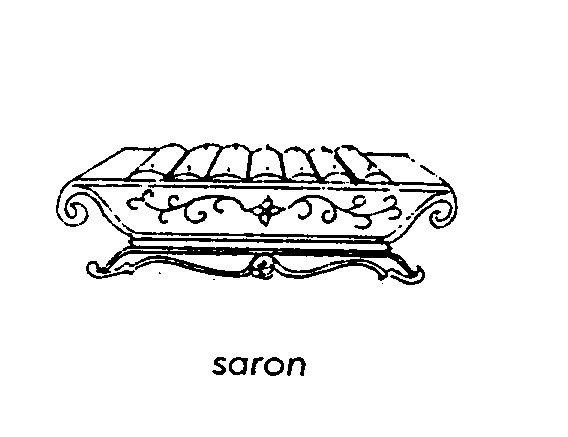 (horizontally mounted medium-size gongs) and kempul (vertically mounted medium-size gongs) may provide accentuation for one piece and act as movable drones for another.
(horizontally mounted medium-size gongs) and kempul (vertically mounted medium-size gongs) may provide accentuation for one piece and act as movable drones for another.
Unlike Western composers, Javanese composers of traditional music do not have the freedom to vary their musical functions beyond this traditional range. On the other hand, unlike Western musicians, Javanese performers have the freedom to "develop" a theme, to edit a piece, to drastically vary the tempo and dynamics, to "improve" or improvise on the music as they play it.
A type of cipher notation has been developed for gamelan instruments, but traditionally musicians did not rely on it much. Rather, while playing soft sections, they listen to the melody leadership of the rebab (two-string spiked fiddle), and when playing loud sections, they rely on the bonang barung (a set of 10-14 small gongs horizontally mounted on a rack in two rows). Instruments such as clempung (zither), suling (flute), gambang (xylophone), and gender (thin metal keys mounted over tube resonators) perform what is generally referred to as "improvisation."
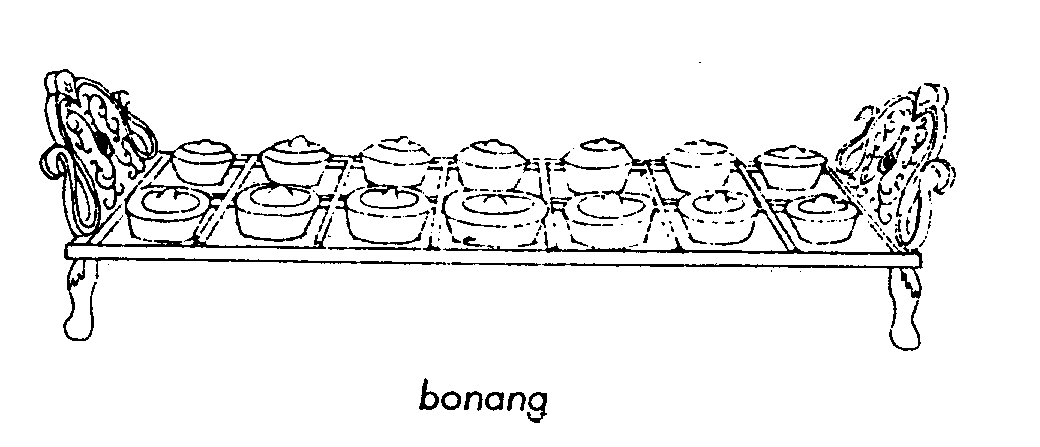
Just as traditional constraints limit the shape, size, and tuning of the gamelan, preventing it from becoming an individual expression, they also restrict musicians from improvising wildly and composers from expressing personal feelings at will (with the notable exception of several experimental compositions in the past few years). The same rules apply to other Javanese performing arts such as dance and theatre. Thus, performing artists do not express personal feelings, but, rather, perform their personal interpretations of the tradition.
Improvisation
Some remarks should be made regarding the term improvisation. In the West, the word improvisation is synonymous with ad lib, which implies a great deal more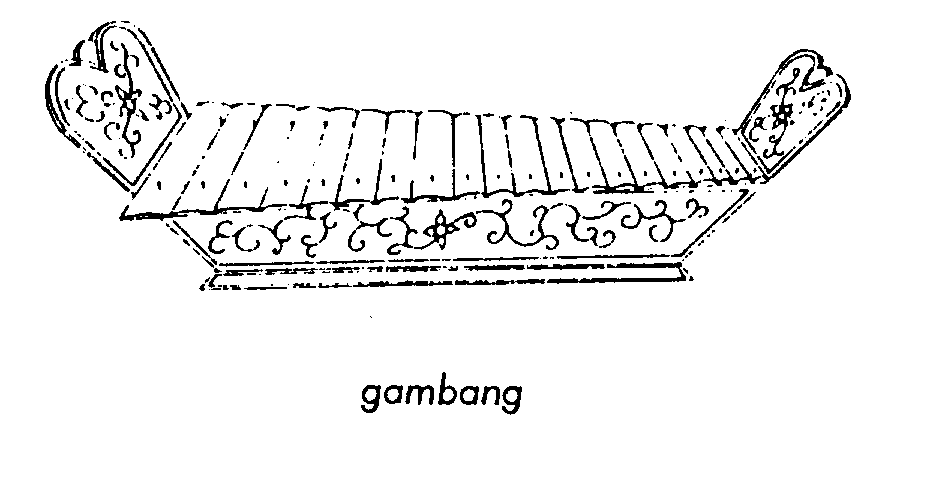 freedom than is allowed Javanese musicians. In jazz, the improvising musicians are sometimes known "to fake," a term that does not conjure up a particularly positive image.There are many Javanese terms that may be translated loosely as improvisation: kembangan (literally "flowering"), improvisation that adds beauty; isen-isen ("filling"), improvisation that pleasantly fills a vacuum; ngambang ("floating"), improvisation produced by musicians who do not have a clear knowledge of where the music is going; sambang-rapet ("making a tight connection"), covering up a fellow performer's mistake in order to save him or her from embarrassment; and finally, ngawur ("blunder"), an out-of-style or irrelevant improvisation. In the performance of Javanese music, improvisatory parts should be of the kembangan, isen-isen, or sambang-rape type. Occasional ngambang is tolerated, but not ngawur.
freedom than is allowed Javanese musicians. In jazz, the improvising musicians are sometimes known "to fake," a term that does not conjure up a particularly positive image.There are many Javanese terms that may be translated loosely as improvisation: kembangan (literally "flowering"), improvisation that adds beauty; isen-isen ("filling"), improvisation that pleasantly fills a vacuum; ngambang ("floating"), improvisation produced by musicians who do not have a clear knowledge of where the music is going; sambang-rapet ("making a tight connection"), covering up a fellow performer's mistake in order to save him or her from embarrassment; and finally, ngawur ("blunder"), an out-of-style or irrelevant improvisation. In the performance of Javanese music, improvisatory parts should be of the kembangan, isen-isen, or sambang-rape type. Occasional ngambang is tolerated, but not ngawur.
 Kwabena Nketia, an African ethnomusicologist, once remarked that in traditional performing arts, the renewal of past artistic experience is expected. The role of an artist is to shed new light and to intensify the experiences that the audience wishes to renew. Insufficient innovation tends to bore the audience; too much innovation destroys the pleasant memory of the art work, possibly resulting in the audience's displeasure with the interpretation. A "good" performing artist, then is one who knows the borderline between "too much" and "not enough," a fine line that is often very personal indeed. Such is the case with Javanese music.
Kwabena Nketia, an African ethnomusicologist, once remarked that in traditional performing arts, the renewal of past artistic experience is expected. The role of an artist is to shed new light and to intensify the experiences that the audience wishes to renew. Insufficient innovation tends to bore the audience; too much innovation destroys the pleasant memory of the art work, possibly resulting in the audience's displeasure with the interpretation. A "good" performing artist, then is one who knows the borderline between "too much" and "not enough," a fine line that is often very personal indeed. Such is the case with Javanese music.
Performance Practice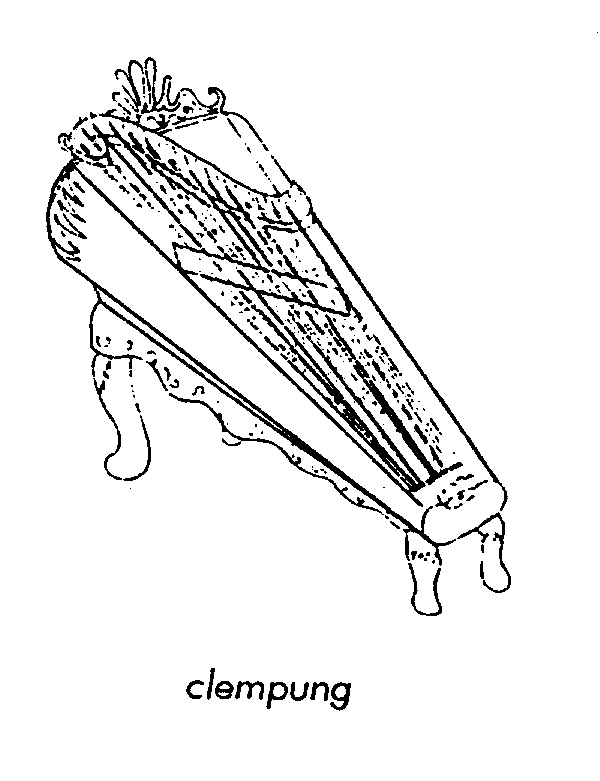
In an uyon-uyon, a musical presentation with individual or institutional sponsorship, program notes are not normally provided to the audience. Musicians do not come to an uyon-uyon with any specific musical program in mind. They may not even know who the other musicians will be. Nevertheless, the tradition provides a general schema for an uyon-uyon. If performing at night, it should begin after the 'Isa Moslem night prayer, about 7:30. If it begins with the pelog tuning system, it should be in the lima mode; if in slendro, it should be nem mode. The pieces should be of the "calm genre," reserving the fancy dance drumming and rowdy vocal parts for later in the evening.
At about 10:00 p.m. one may proceed to the next modes (nem in pelog or sanga in slendro). At this time, to liven up the party, the female vocalist or an invited female dancer may perform a dance that is subtly sensual. About 1:00 a.m., "anything goes" as long as it is in certain modes (slendro pathet manyura or pelog barang).
A daytime uyon-uyon may start about 9:00 a.m. and last until 2:00 or 3:00 in the afternoon, with a slightly different modal scheme. During the presentation, both the audience and the musicians are allowed to consume refreshments provided by the sponsor of the uyon-uyon.
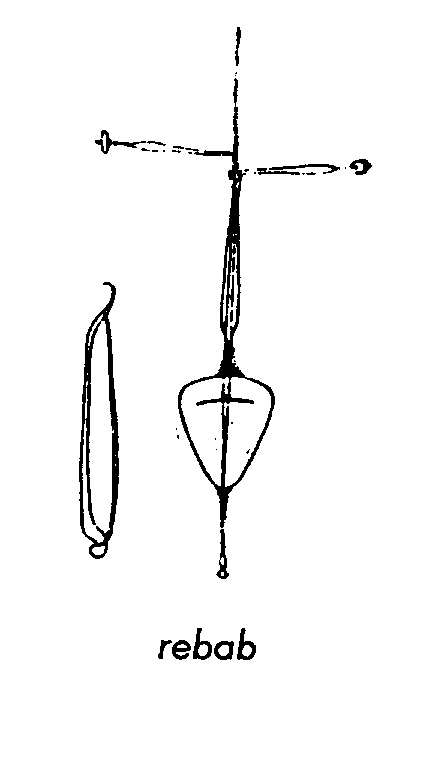 Cross-cultural Aspects
Cross-cultural Aspects
Certain adjustments obviously have to be made when presenting an uyon-uyon in the United States. Here, concerts begin at a definite, not approximate hour. The length of the presentation should normally not exceed two hours. Westerners expect an intermission a little beyond the halfway point. In any case, the performance should not extend much past 10:00 p.m.. Program notes should be provided for the audience (and submitted two weeks in advance in order to make the printer's deadlines!).
Items in the program should be lively, varied, and filled with contrast: what Javanese feel to be "calm," another culture may perceive as "dull"; what is thought of as "congruous" and "even-tempered" may just sound "monotonous" to outsiders; "slow, gradual evolvement of musical ideas" may just be "dragging on and on"; and "solemn appearances" may be mistaken for "not enjoying what they are doing."
One Javanese criterion of a good musical presentation is that it can place the audience into a state between awake and asleep, hardly a positive criterion for a Western performance. Therefore, certain adjustments must be made in presenting a "concert" of Javanese music outside its cultural context. The individual pieces in the program are not necessarily altered beyond what is traditionally allowable, but they might not be presented in the normal Javanese order or during the same evening.
The University of Hawaii Gamelan concerts differ from the Javanese uyon-uyon because the performers here are members of a Javanese music study group-amateurs in the best sense of the term. The participants are encouraged to use the Javanese process of learning as much as possible. They are also encouraged to learn and play more than one instrument and to learn the relationships among them. Thus in our "concerts", the musicians move from one position to another in order to put into practice what they have learned. In contrast to gamelan in American universities, Javanese ensembles do not just perform once each semester. Thus, although a Javanese musician would be able to handle at least five instruments, he does not change to other instruments within a performance unless it is absolutely necessary. There are always subsequent opportunities to play other instruments.
instrument and to learn the relationships among them. Thus in our "concerts", the musicians move from one position to another in order to put into practice what they have learned. In contrast to gamelan in American universities, Javanese ensembles do not just perform once each semester. Thus, although a Javanese musician would be able to handle at least five instruments, he does not change to other instruments within a performance unless it is absolutely necessary. There are always subsequent opportunities to play other instruments.
Because most of the instruments are percussion, one might wonder "just how hard could it possibly be to learn to hit a gong, for example". To learn to hit a gong only takes about one minute! To learn to play the gong--if the student is sensitive and diligent--would require at least one semester. To be able to play the gong, one must know all the musical forms, to know (at least passively) the various drum signals directed to the gong, to know when to delay the stroke and when to be precisely on the beat, to know when to give an extra gong stroke or when to delete one, and--in the context of an all-night shadow puppet play--to be able to perform half asleep. In short, knowing how to properly play the gong requires internalization of basic Javanese musicianship. Of course, the other instruments require even more effort and patience to master.
Music is one of the manifestations of a culture, and learning Javanese music is one of the more pleasant ways of entering Javanese culture.
